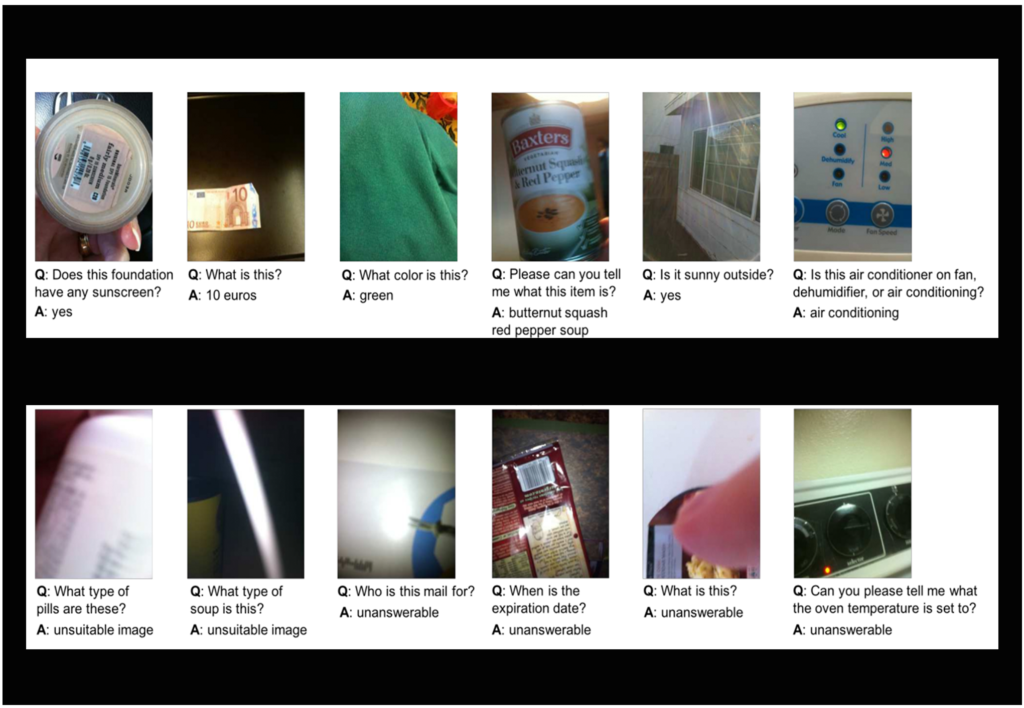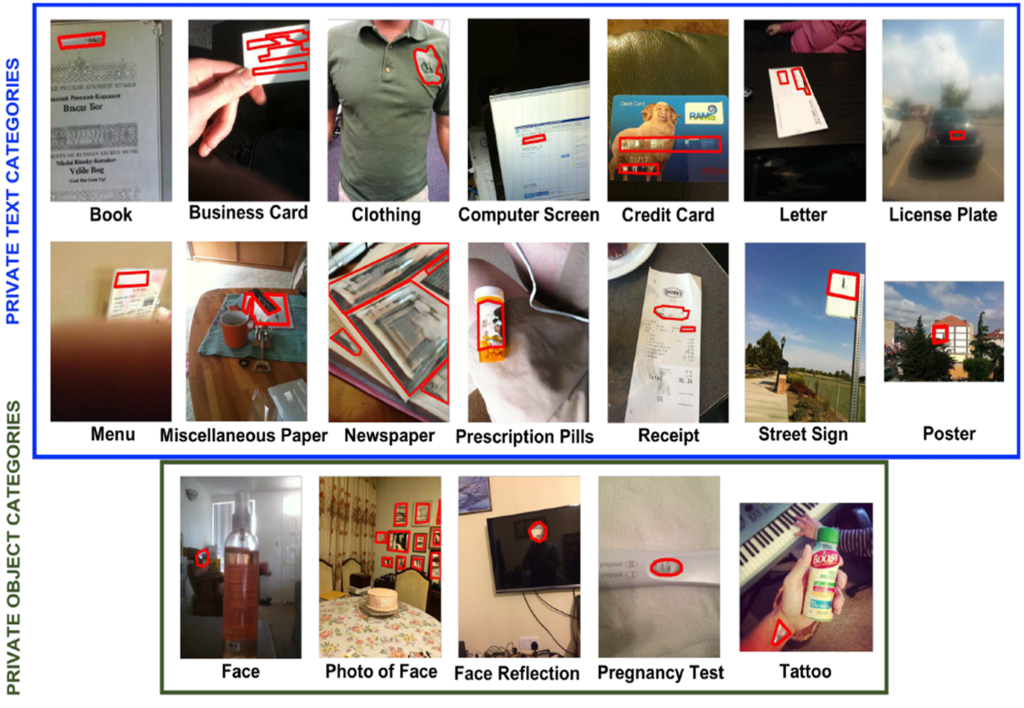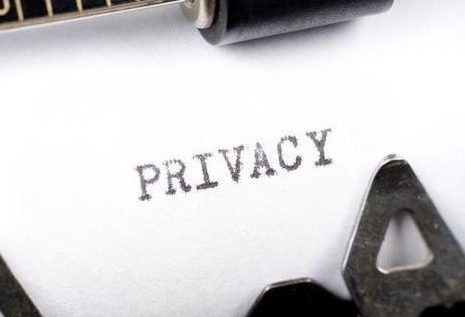Overview
People who are blind capture images and videos of their surroundings and share them with visual assistance technologies to learn about their immediate surroundings, as well as the content and purpose of the visual media. However, the images and videos people who are blind share can contain private personal data. A challenge is that people who are blind can not independently validate the content of their images prior to receiving visual assistance.
I conduct visual content analysis, interviews, policy analysis, and participatory and co-design research with blind people to develop visual assistance technologies guided by the principle of privacy by design.
This research is funded through a NSF/CRA Computing Innovation Fellowship, CREATE Funding, and a UT-Austin Good Systems Grant
Please see all related projects below.
Keywords
blind, data regulation, camera-based devices, contextual integrity, computer vision, low vision, privacy by design, privacy policy, private visual content, remote sighted assistance, vision to language, visual assistance, visual privacy, visual personal data, visually impaired, voice user interaction.
VizWiz Dataset and Grand Challenge

The VizWiz dataset contains images and visual questions shared by people who are blind. These data are used to train algorithms that generate image descriptions and visual question answers. The VizWiz Grand Challenged engages developers in to increase accuracy of these algorithms. Read our CVPR 19′ paper here.
VizWiz-Priv Image Dataset and Development

Dr. Danna Gurari observed that some of the images in the VizWiz dataset contain personal visual data. We analyzed the 40,000 images and found 19 types of personally identifiable data. We removed these data from the VizWiz Dataset to protect the blind photographers’ privacy. Read our CVPR 19′ paper here.
User-Centered Visual Privacy Taxonomy

We interviewed 18 blind people to learn about the visual information they consider to be private and their visual privacy concerns when using human and AI-powered visual assistance technologies. We contribute a taxonomy of visual information blind people consider to be private that is used to guide the development of privacy-protective algorithms. Read our ASSETS 20′ paper here.
Visual Personal Data Collection and Processing

One of the privacy concerns blind people have relates to how visual assistance companies collect and process their data. Our analysis of visual assistance technology companies’ privacy policies revealed that many companies do not provide notice and choice regarding the handling of visual data specifically. This work is in progress.
Visual Assistance through Privacy By Design

User-centered design is a method used to design technologies that are guided by the end-users’ interests and needs. In the case of this research, we focus on visual assistance technology users’ understanding of the principles of privacy by design, and the agency over how their visual private data is collected and processed when using visual assistance technologies. This work is in progress.
Contextual Integrity of Visual Assistance

Privacy is contextual. In this research, I investigate the social norms and transmission principles that influence visual assistance technology users’ privacy preferences in the context of visual assistance technologies. This work is in progress.